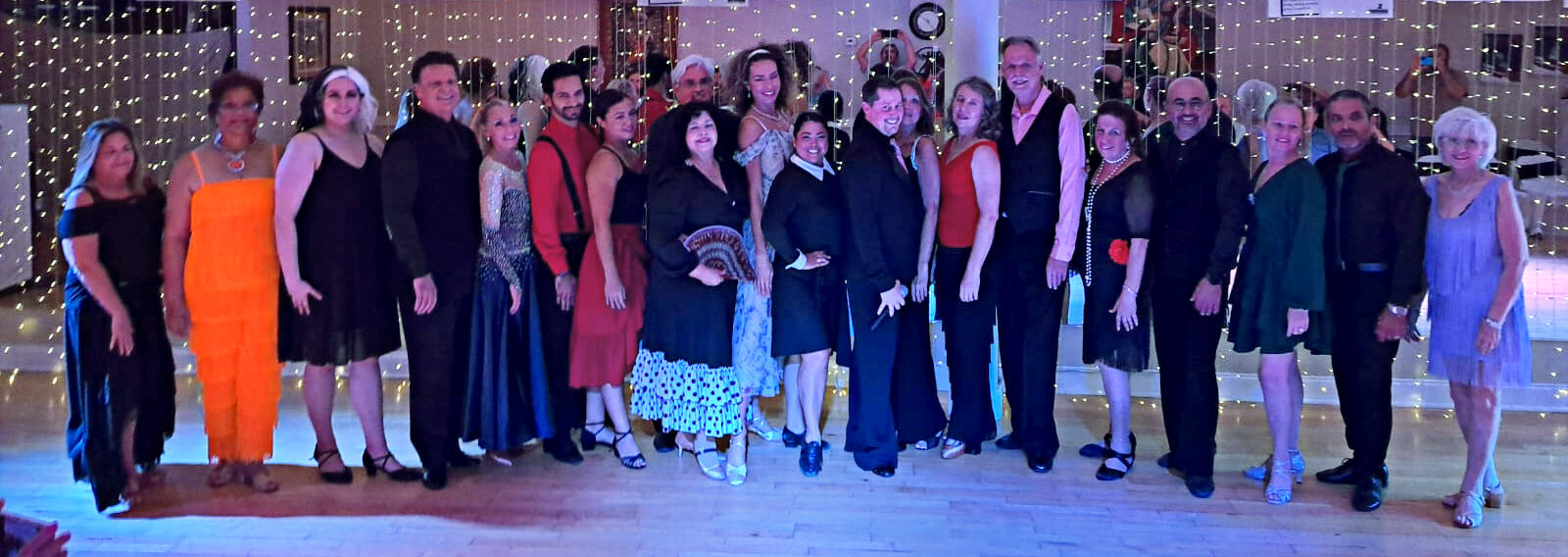Your cart is currently empty!

Foxtrot
Performed in the Jardin de Danse on the New York Theater’s roof top, which was one of the largest theaters in the world. Harry Fox was then trotting steps to ragtime music. People watching him referred to these steps as “Fox’s Trot”. The elite of the dancing world were all trying to capture Harry Fox’s unusual style and movements.
A very talented American dancer named G.K. Anderson learned this dance and went over to London with partner Josephine Bradley. They competed and won many competitions sealing the style of the Foxtrot. Foxtrot was danced in a slow syncopated 4/4 rhythm and renamed on the spot. This became known as crush and later rhythm. The Foxtrot evolved from a two step into a broken beat rather than an even beat giving it a slow-slow, quick-quick. An established dancer was hired to promote the Foxtrot to the American public.
This dancer was Oscar Duryea. Oscar replaced the trotting steps with a glide or a “saunter” feeling as the trotting was too much for the ladies. This remains part of the Foxtrot known today and an important part of the study curriculum of dancing. The Foxtrot is the easiest dance to pick up but the hardest to master.


